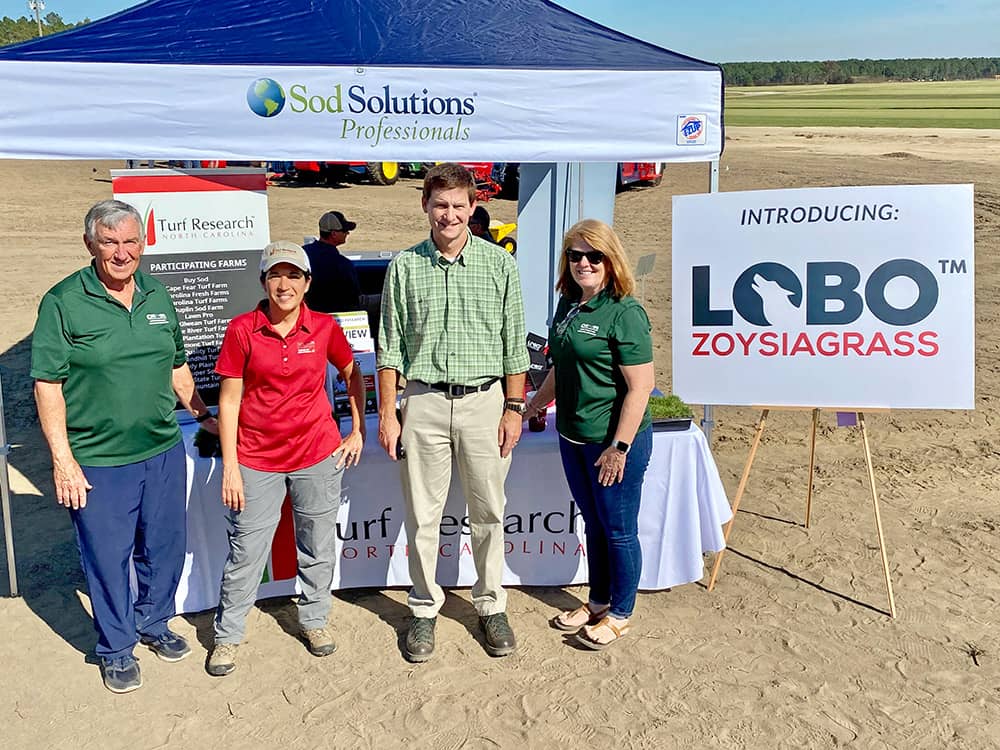Art Bruneau, professor emeritus of crop and soil sciences, has played an important role in the turfgrass industry for many years. Bruneau takes a looks back on a long and distinguished career. The following answers have been modified for brevity and clarity.
What is your educational background?
- Bachelors of Science degree in Plant & Soil Sciences in 1968 from the University of Rhode Island.
- Masters of Science degree in Plant & Soil Sciences in 1970 from the University of Rhode Island.
- Ph.D. in Horticulture (Turf Physiology) in 1983 from the University of Nebraska.
Tell me a little bit about your family and personal life.
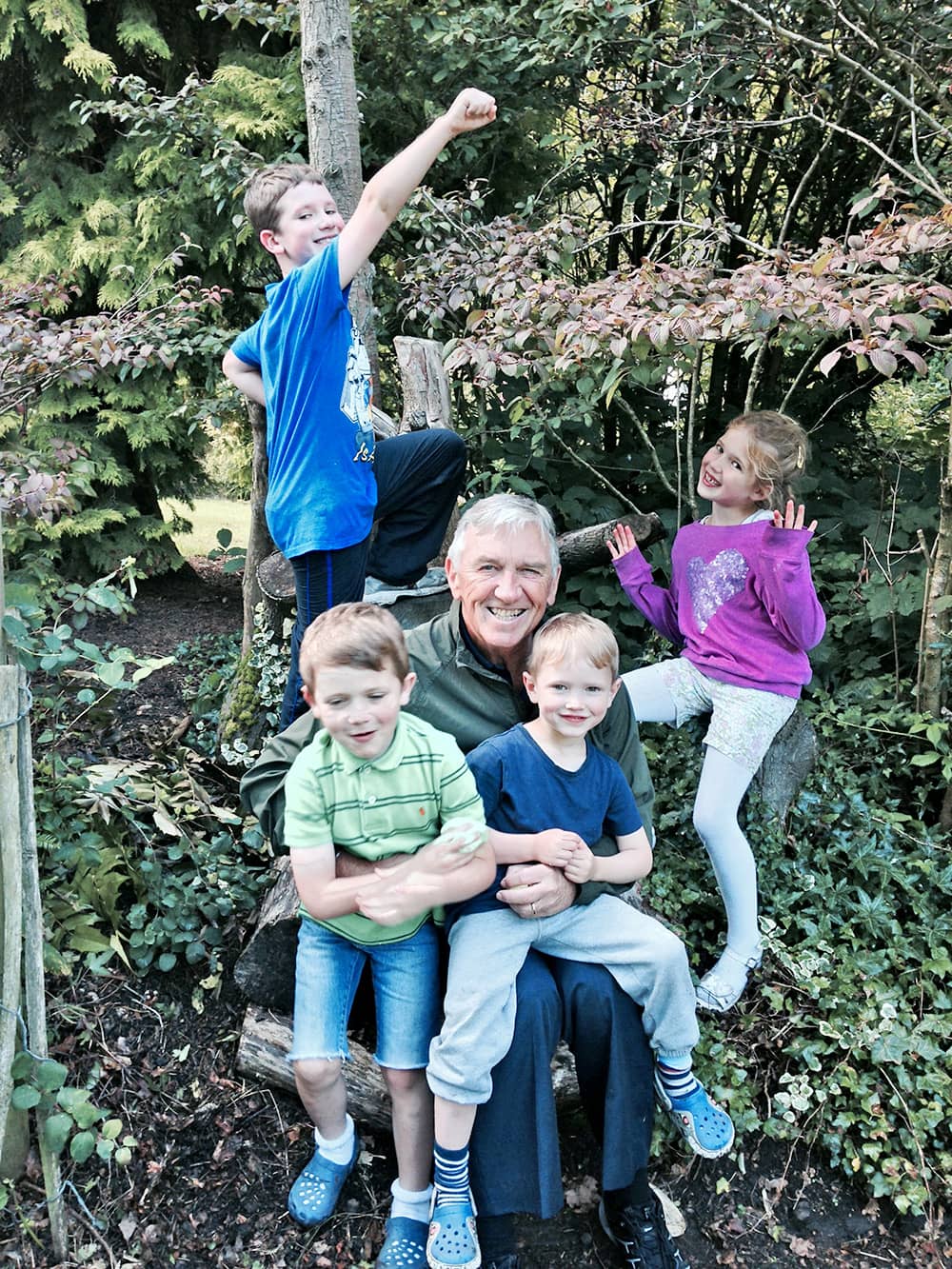
My wife Caroline and I married 30 years ago. Her youngest daughter and my daughter were best friends growing up. Since we were a widow and widower, the two decided we should get married…the real-life “Parent Trap” scenario! Thus, we became a blended family which included five girls and two boys. As a result, we expanded to include eight adorable grandchildren.
Unfortunately, Caroline passed away 13 months ago after a long and valiant fight against lung cancer. I miss her every day but know that she is in good hands and with Christ.
Tell me a little bit about how you got into the turfgrass industry and what made you pursue this career?
I had an unorthodox and circuitous beginning, to put it mildly. I was born and raised in downtown Providence, Rhode Island where the words agriculture, 4-H, FFA, extension service, etc. were never mentioned and never given a thought. The closest I came to being associated with agriculture when I was young was from watching a popular TV sitcom called Green Acres (a spoof on rural America). The other association was when my relatives bought fresh corn and tomatoes along the roadside.
I started college with the intention of majoring in physics but along the way, I decided to take an elective in a totally different direction and something I knew very little about…agriculture. I found out that I could become a landscape architect and since I loved to draw in pencil and charcoal and took a course in mechanical drawing in high school, it seemed like a natural fit. But as fate would have it, it was not until I took a turfgrass course that I really felt at home and knew it would become my chosen profession. I loved working on the turf plots as well. Being outside and getting a tan (a mixture of baby oil and iodine) was also a benefit. The darker, the better back then. I think the fact that my dad was an avid golfer may have had something to do with it as well. He had a swing like Sam Snead and could hit a wonderful draw. Unfortunately, I never received that gene!
After receiving my BS, a turfgrass professor named Dr. C. Richard Skogley took me under his wing and allowed me to pursue an MS degree evaluating the morphological, cytological and anatomical features of ‘Jamestown’ Chewings fescue. This grass, developed by Dr. Skogley, had just been released for commercialization.
 Following graduation, I took a position with the O.M. Scotts Co. in Ohio in their R & D program specializing in grass brands development. (1971-1979). Working closely with turfgrass breeders Drs Terry Riordan and Virgil Meier, I was responsible for evaluating the new grasses being released to determine how best to use them in blends and mixtures and how best to establish and manage them once planted.
Following graduation, I took a position with the O.M. Scotts Co. in Ohio in their R & D program specializing in grass brands development. (1971-1979). Working closely with turfgrass breeders Drs Terry Riordan and Virgil Meier, I was responsible for evaluating the new grasses being released to determine how best to use them in blends and mixtures and how best to establish and manage them once planted.
In 1979, I was contacted by Dr. Terry Riordan and Dr. Bob Shearman about applying for the turfgrass extension specialist position at the University of Nebraska in Lincoln. (Both had held positions at O.M. Scotts prior to taking faculty positions at UNL and knew my capabilities.) I told them that I would love to apply but only if I could pursue a doctorate degree. UNL agreed and it was one of the best decisions I ever made in my life in so many ways. The fact that it was basically a lateral move and I could take 2 courses for $6.00 a semester made it a no-brainer. The funding for the non-tenure position came from a USDA grant that was designed to promote IPM (Integrated Pest Management) measures in the urban environment. Since it was one of the first grants of its kind, the program received national attention and recognition. I still can’t believe how much I learned and how much we accomplished over that 4-year period. I really can’t thank Dr. Shearman and the rest of the turfgrass faculty and staff enough for all they did in support of me.
I knew when I graduated that I wanted to take an extension position at a university. I truly enjoyed helping turf managers and homeowners solve problems in the field and to present them with the latest research that would make their job easier and help to protect the environment. It just so happens that the position of Turfgrass Extension Specialist and Assistant Professor at NCSU became available at the perfect time in 1983. I applied and was accepted. It was the best thing that ever happened in my career. Since I moved from Nebraska where the terrain is flat and the trees are sparse, I couldn’t believe I was being paid to be in that environment. Pine trees, dogwoods and azaleas in bloom, two hours from the beach and three or so hours from the mountains, it couldn’t get any better!
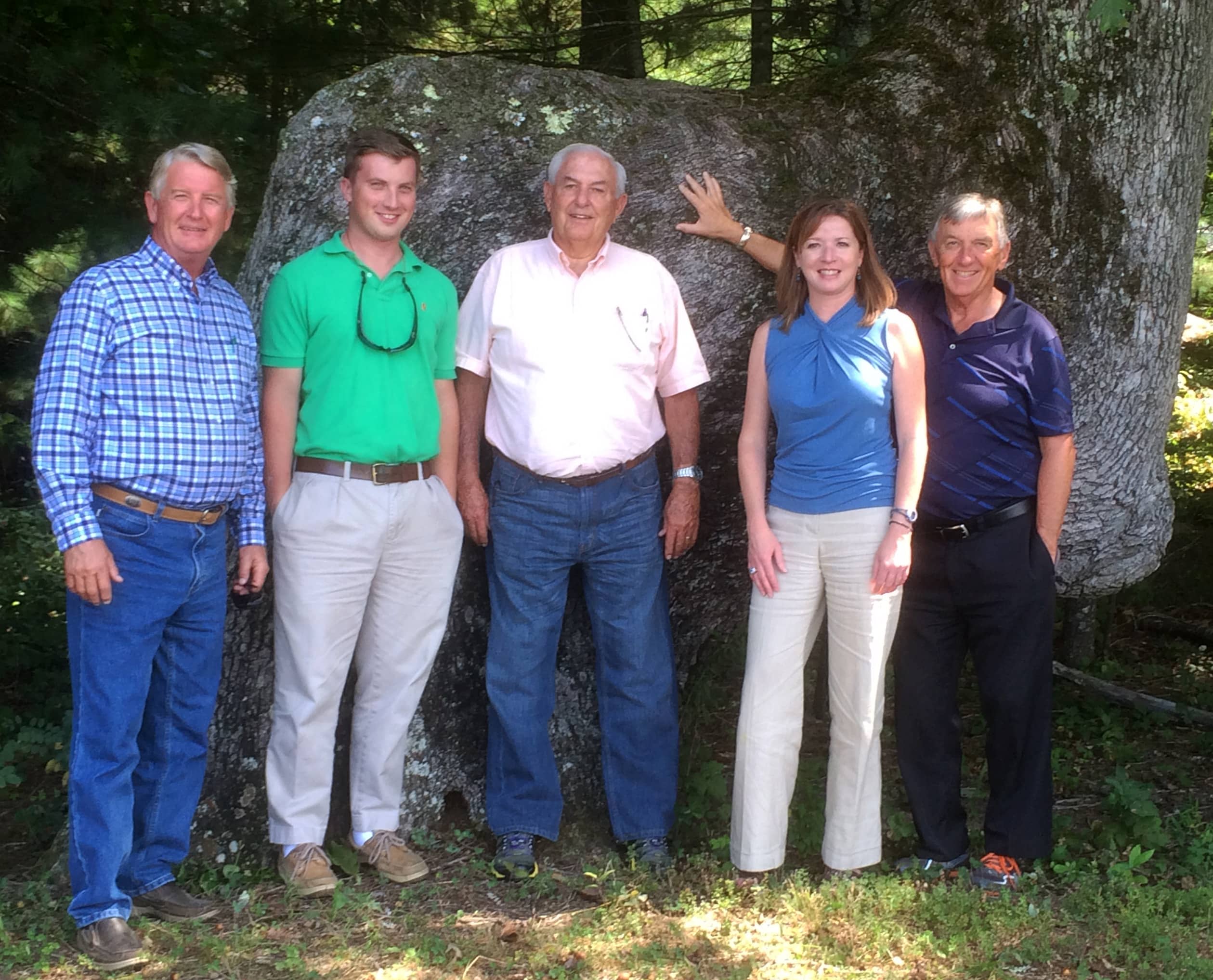
Visiting Turf Mountain Sod for a North Carolina Sod Producers Association board meeting. (Art Bruneau, right)
I knew very little about the transition zone or the southeastern U.S. at that time but was quick to learn. Drs. Joe DiPaola, Bill Gilbert, Bill Lewis and Leon Lucas were very helpful in my transition. I truly believe that most goals are reached using the team approach. I am very proud of the fact that with the turfgrass workgroup we were able to create ‘Turffiles’, produce a number of publications such as the ‘Pest Control Recommendation Guide’ and the ‘Turf Pest Management Manual’ as well as create the week-long short course.
How long have you taught at NC State? What made you return to teaching/come out of retirement? What has been the most rewarding thing from your time spent as an educator?
My appointment at NC State was 87% Extension and 13% teaching which initially included teaching 30 students in an introductory turfgrass course. I did not give teaching much thought when I accepted the position but found it most rewarding from the start once I was in the classroom. I learned more than the students the first several years as I prepared and fine-tuned the material. Eventually, I ended up teaching three different classes including a weed management class designed for both turf and ornamental students as well as a seminar class. At one point in time, there were eight labs and over 130 students in class. I loved every minute of it because of the student interaction. It is very rewarding to know that I may have played a small part in the lives of so many individuals. I am proud to say that many of them became and still are leaders in the industry. I cherish those days and the many friends I made as a result.
The photos above are from a trip in 2008 when NC State’s Art Bruneau and Grady Miller took a group of students to England, Scotland and Wales.
NCSU started a PGM (PGA Golf Management) Program about 20 years ago and they asked me to be involved. I developed and taught the turfgrass class in the PGM program for future golf professionals. I continued to teach the class on a contractual basis following my retirement. My goal was not to make them golf course superintendents but to give them an appreciation of what is involved in maintaining a golf course and why it was essential for them to work as a team with the superintendent. I also think it would be beneficial for turf students to become familiar with the responsibilities of golf course professionals as well and why they need to interact with the pro shop. The worst-case scenario is for a player to go into the clubhouse and ask “What are they doing on the course?“ and the pro doesn’t have a clue.
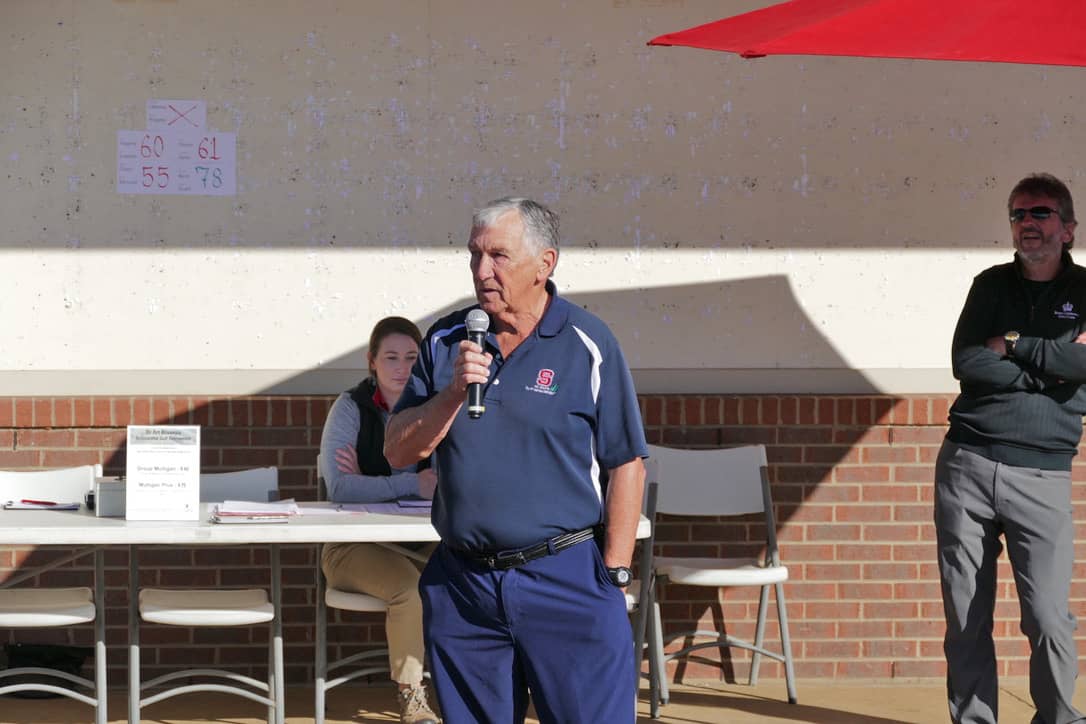
Art Bruneau thanking all the golfers and sponsors who participated in the scholarship tournament.
I read online about an annual Dr. Art Bruneau Golf Tournament and Scholarship Fundraiser that’s been ongoing for over a decade now. What is this and is that something you still orchestrate annually?
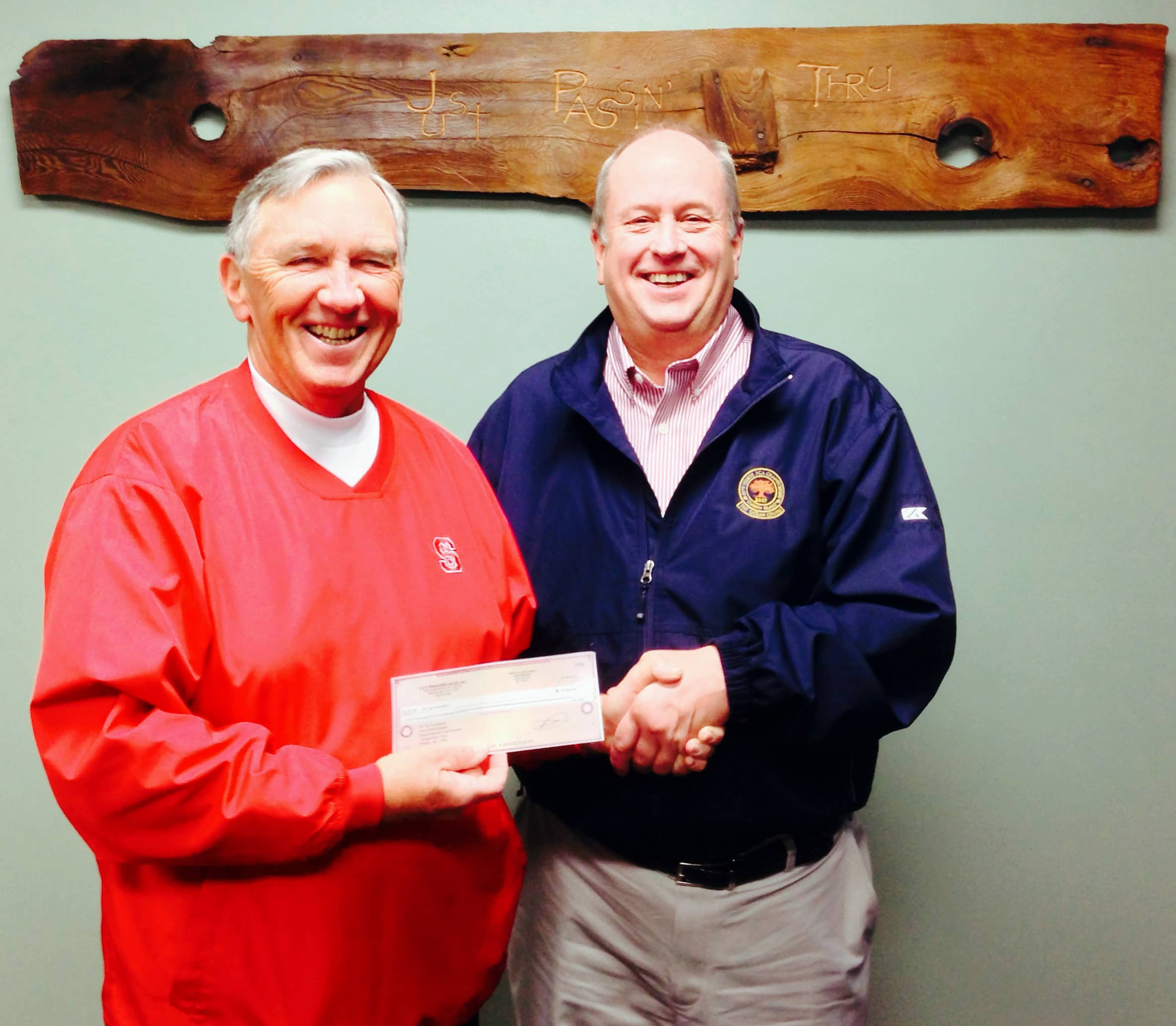
When I retired in 2009, the NC State turfgrass group asked me if I wouldn’t mind if they started a golf tournament in my name to raise monies for well-deserving students. I thought it was a great idea and I was glad that I could play a part. I refer to it as the ‘Art Bruneau Almost Memorial tournament’. Over $75,000 has been raised since its inception in support of turf undergraduates and graduate students. It was not held last year because of COVID but it will be held this fall, October 26. I hope many will come in support of our students.
You’ve been the Executive Director of the North Carolina Sod Producers Association (NC SPA) for 12 years now. What made you want to take the executive director job at NCSPA? Why is this organization important to you and to the industry?
I had the wonderful opportunity to work alongside Gene Maples and other Turf Council of North Carolina (TCNC) board members as NC SPA came into being back in the early 1990s. For those who are unaware, NC SPA is a nonprofit association dedicated to supporting the sod industry in North Carolina. Before the creation of NC SPA, I remember Fred Pittilo came to one of our NC State winter horticulture seminars and after my presentation, he introduced himself. He was a dairy farmer and wanted to know what it would take to become a sod farmer. I provided him with some basic information and before I knew it, he had invited me to see his new fledgling now Turf Mountain Sod that spring. The rest is history.
I kept tabs on what was going on with NC SPA after my retirement but didn’t think it was my place to be directly involved. Then in the spring of 2011, Fred Pitillo and Keaton Vandemark approached me about becoming Executive Director. I told them I was happy playing golf but they were adamant that I should take the position. I mentioned it to Jenifer Reynolds and Emily Erickson, and they said I should take the plunge so I accepted the position on the condition that they would assist me in the process. And boy did they ever. It truly was and has been a team effort. Jenifer left for greener pastures but thankfully Emily has remained and is my rock and salvation.
I always considered NC SPA to be comprised of members who I consider family. It is hard to believe that we are now third-generation family members! I am honored and proud to be part of the family. Any success that we have achieved over the last 12 years has been made possible through the team effort of so many growers who have taken the time to become board members. It is only through their efforts as well as the North Carolina Department of Agriculture Marketing Division that we were able to obtain five USDA Specialty Crop Block Grants. These funds have been instrumental in allowing NC SPA to revise and expand its website and to market sod via PSA announcements and social media. It appears that our programs have increased market demand and we hope that our members are pleased with our efforts.
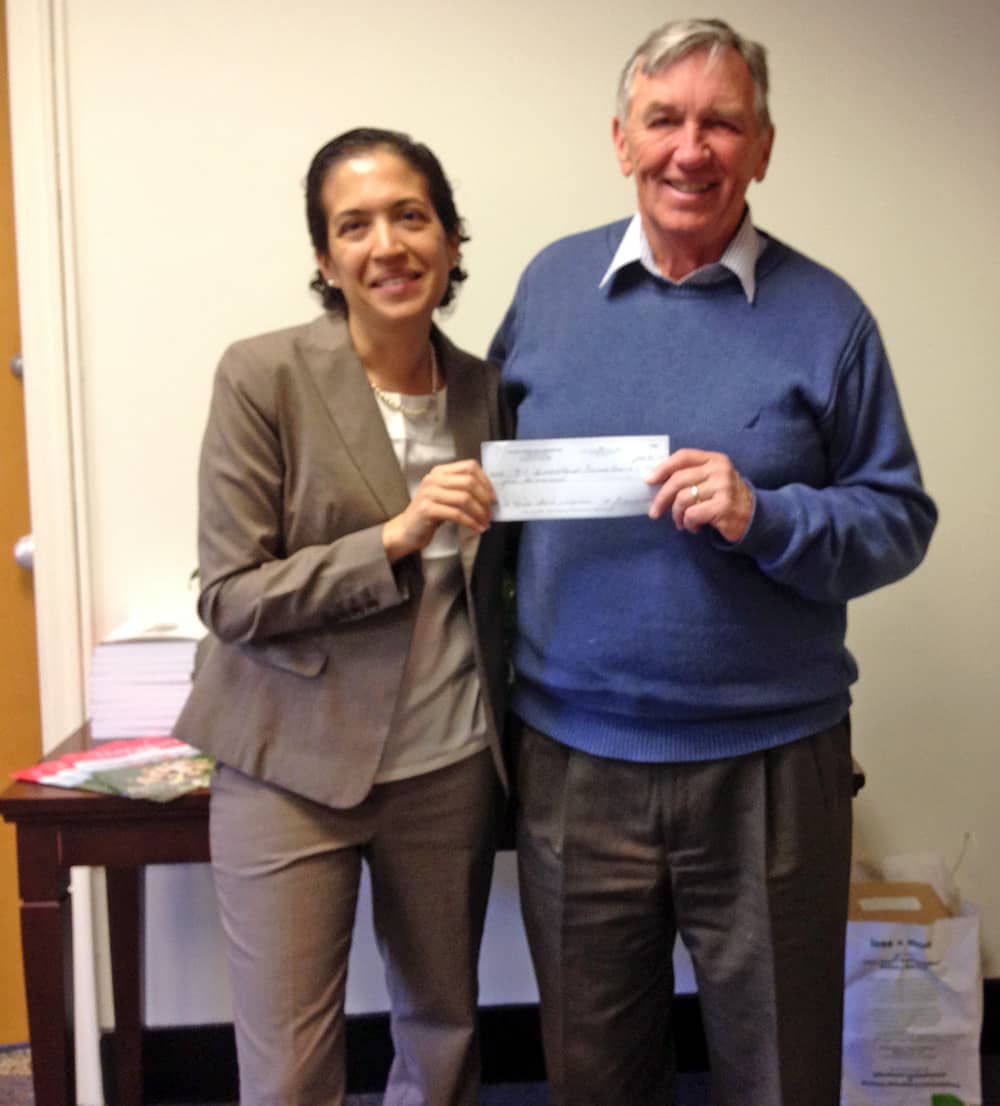
I believe that the future is very bright for NC SPA since a certain portion of the royalties to be generated from Dr. Susana Milla-Lewis’s very successful breeding program will be annually dedicated to the continued operation and support of NC SPA.
I feel very blessed to have had the opportunity to come to North Carolina and be part of NC State and NC SPA. As I mentioned, any success and accomplishments attributed to me are a result of the interactions and support from so many wonderful people such as my work family…the members of NC SPA.
